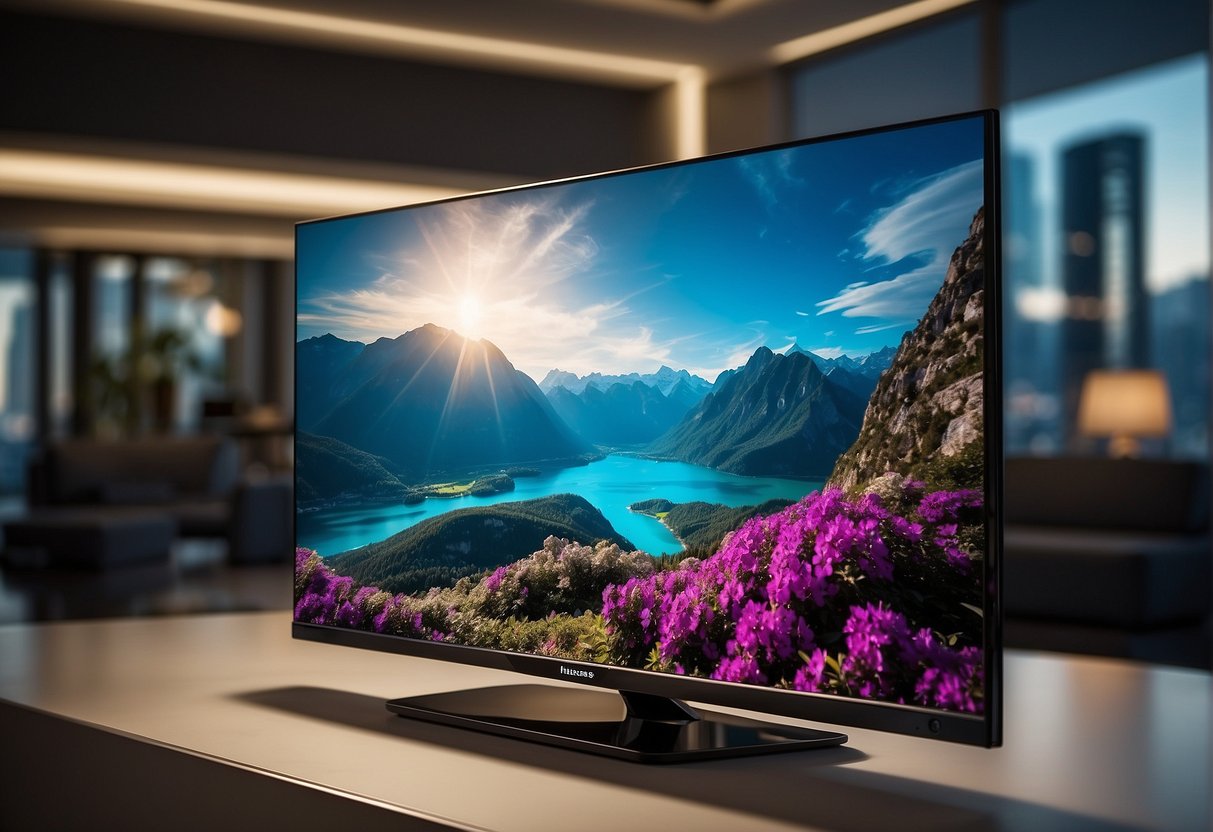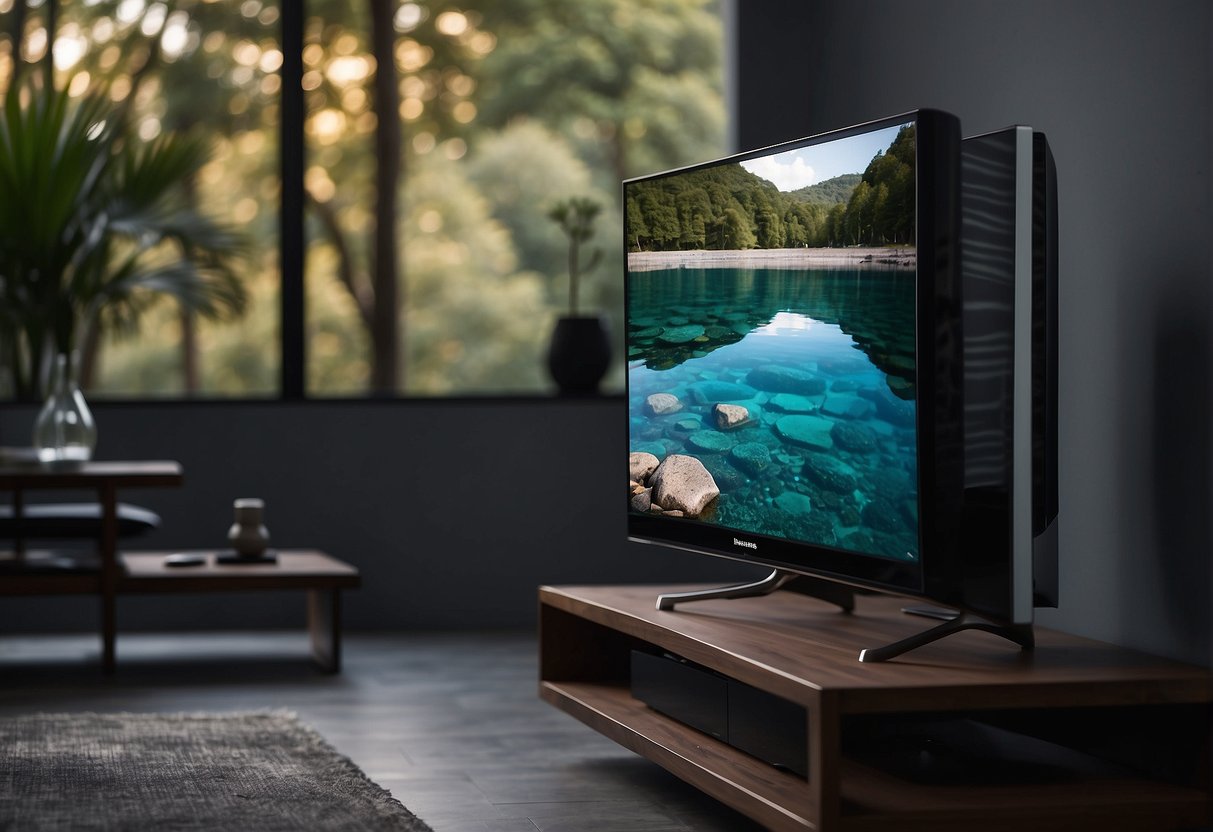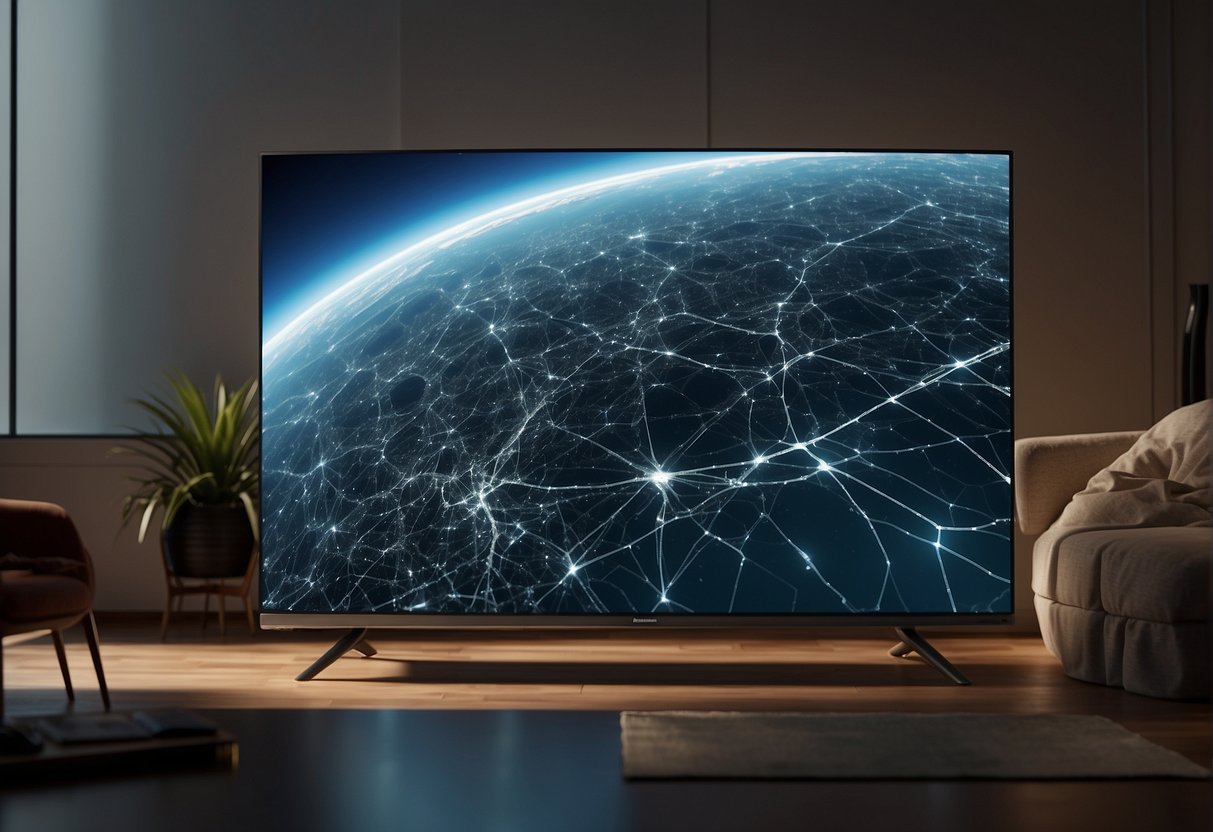When considering a new television purchase, consumers often explore various brands and models seeking the best balance between price, features, and performance. Hisense TVs have grown in popularity, particularly for those wanting to stretch their dollar further without skimping on modern amenities. Despite their competitive pricing and a range of features that cater to the latest entertainment needs, Hisense TVs do present some disadvantages that buyers should be aware of before making their decision.

Some users might find limitations with Hisense TVs when it comes to availability of certain apps, as they may not support all the streaming services found on other platforms. Additionally, experiences with customer service have been mixed, which can lead to frustrations if issues arise with the product. The availability of Hisense TVs might also be limited in certain regions, which not only affects the purchase process but can also impact after-sales support and service options.
The build quality and component choices of Hisense TVs may not match those of higher-end competitors, potentially affecting the longevity and durability of the products. This, coupled with a sometimes underwhelming user interface, may leave tech-savvy consumers looking for a more refined viewing experience. Moreover, gamers and cinephiles with a keen eye for the cutting-edge features might find the performance of Hisense TVs in areas such as gaming compatibility and picture quality to be lacking when compared to premium brands.
So What are the Disadvantages of Hisense TV?
Image Quality Concerns

While Hisense TVs are known for their affordability and smart features, certain models have faced criticism regarding their image quality.
Limited Color Range
Hisense televisions sometimes exhibit a limited color range, which can lead to less vibrant images when compared to higher-end models. Colors might not pop with the same intensity, leading to a less immersive viewing experience.
Contrast and Black Level Deficiencies
Another issue pertains to contrast and black level deficiencies. Some Hisense TVs struggle to display deep blacks, which can result in images that look washed out, especially in darkly lit scenes. This contrast problem can affect the overall depth and realism of the picture.
Sound Quality Issues

When considering a Hisense TV, potential buyers should note that while they generally offer acceptable sound for everyday viewing, there are some notable drawbacks in the audio department.
Basic Audio Components
Hisense TVs often come with standard speakers that cater to the basic requirements of television sound. They might lack the power and clarity found in higher-end models which means that at higher volumes, audio can become distorted or lose definition. An analysis on DeviceMAG highlights the challenge of limited availability, which may also extend to aftermarket audio enhancements compatible with Hisense models.
Lack of Immersive Sound Technologies
Hisense TVs typically do not feature advanced audio technologies such as Dolby Atmos or DTS that provide immersive, 3D sound experiences found in more premium television sets. This can translate into a less engaging sound environment when watching films or playing games that rely on multi-dimensional audio cues for a full experience. Guidance on adjusting audio to improve quality can be found on The Droid Guy, however, this does not substitute for the absence of sophisticated sound technologies.
Smart Platform Limitations
While Hisense TVs provide several benefits for their price range, they may have limitations concerning their smart platform, particularly in app availability and operating system performance.
Restricted App Availability
Hisense smart TVs may not offer an extensive app library, compared to some other brands. Users might find that some desired applications are not supported on Hisense’s platform. This limited selection could be due to Hisense’s agreements with app developers or a focus on other platform features.
Slower Operating System
The operating system on Hisense TVs can sometimes perform slower than competitors, potentially leading to lag when navigating menus or switching between apps. This is crucial information for buyers who prioritize a snappy, responsive interface on their smart TV.
Build and Design Flaws
When considering a Hisense TV, potential buyers should be aware of certain build and design flaws that may influence their purchasing decision. These include the prevalence of plastic components and ergonomic challenges that could affect the overall user experience.
Plastic Components Prevalence
Many Hisense TVs incorporate plastic in their construction, which can lead to concerns regarding durability and aesthetics. For instance, the dependence on plastic material may compromise the structural integrity of their televisions. Over time, these plastic parts may become brittle, especially when exposed to various environmental factors, leading to potential cracking or breakage.
Ergonomic Challenges
Hisense TVs can also present ergonomic challenges; some consumers may find the design of the stands and remote controls to be less than optimal. This is especially true for larger screens, where an inadequate stand design can cause stability issues or make the TV difficult to position effectively within a viewing area. Remote control ergonomics are important as well, as they significantly impact the ease of use and overall user satisfaction.
Customer Support and Warranty Service
When considering a Hisense TV, potential buyers should be aware of reported inconsistencies in customer support as well as the limitations of the warranty coverage.
Inconsistent Customer Service
Customers have experienced varied levels of satisfaction with Hisense’s customer support. Some report positive interactions, while others face challenges, such as difficulty in getting timely responses or resolution to their issues. This inconsistency can affect the overall satisfaction of their purchase, especially when technical issues arise shortly after acquisition. For example, a customer expressed dissatisfaction when their Hisense TV displayed lines on the screen after just three months, and customer service indicated that it was due to an internal crack, which is not covered by the warranty (Trustpilot review).
Limited Warranty Coverage
Hisense TVs come with a warranty that promises to cover certain types of damages or malfunctions. However, this warranty is subject to exclusions and limitations. For instance, it does not protect against accidental damage or issues that emerge due to inadequate packaging when servicing (Warranty Card). Additionally, damages resulting from third-party devices or lost personal data are not covered under the warranty, requiring consumers to carefully consider what kind of damages can be reasonably claimed. The typical warranty period for a Hisense TV is not explicitly listed on their website, but external sources suggest it’s essential to understand these limits and address any issues within that timeframe to mitigate future inconveniences (Smarthomestarter).
Connectivity and Compatibility Setbacks
While Hisense TVs offer a bevy of features at a competitive price point, they can fall short in terms of connectivity and compatibility options. These limitations may impact the user’s experience when attempting to integrate the TV into a more complex home entertainment system.
Insufficient Port Selection
Hisense TVs sometimes come with a more limited selection of ports, which can be a constraint for users needing to connect multiple devices. It’s not uncommon for users to require additional HDMI or USB ports than what is provided, leading to the need for HDMI extenders or USB hubs that can add unnecessary clutter and expense.
Lack of Advanced Connectivity Features
In terms of advanced connectivity, Hisense TVs may lack behind their counterparts. For instance, while some Hisense TV models support basic Wi-Fi capabilities, they might not include more current protocols or support for newer standards like Wi-Fi 6, limiting the speed and reliability of the connection. Additionally, the absence of features such as Bluetooth connectivity restricts the use of wireless peripherals like headphones and gaming controllers, potentially diminishing the overall user experience.
Longevity and Reliability Concerns
When considering a Hisense TV, potential buyers should be aware of certain issues regarding longevity and reliability that have been observed by both consumers and industry analysts.
Shorter Lifespan Compared to Competitors
Hisense TVs have been noted to possess a shorter lifespan when compared to other leading brands in the television market. Reviews and longevity tests indicate that the components may not endure as long, which can be a concern for consumers looking for a long-term investment in their home entertainment setup.
Frequent Software Glitches
Users frequently report software glitches with Hisense TVs. Such glitches might include unresponsive interfaces, difficulties with firmware updates, or apps that fail to function properly. These issues can interrupt the viewing experience and may require regular resets or tech support interventions. Feedback from various online platforms suggests that this is a recurring concern for Hisense TV owners.
Environmental Impact
This section discusses the disadvantages of Hisense TVs from an environmental perspective, focusing on energy consumption and the challenges associated with recycling these products.
Energy Efficiency Issues
Hisense TVs, like all electronics, consume electricity and their energy efficiency can greatly influence their environmental footprint. Televisions are estimated to account for a notable percentage of home electricity use. It is important to know that some Hisense models may not be as energy-efficient as alternative brands, which could result in higher electricity consumption over time.
Difficulties in Recycling
When it comes to recycling, not all parts of a Hisense TV are equally recyclable. The complexity of the product design can hinder the recycling process. Components such as printed circuit boards, plastics, and certain metal parts require specialized methods to recycle properly, and improper disposal can lead to environmental harm.
